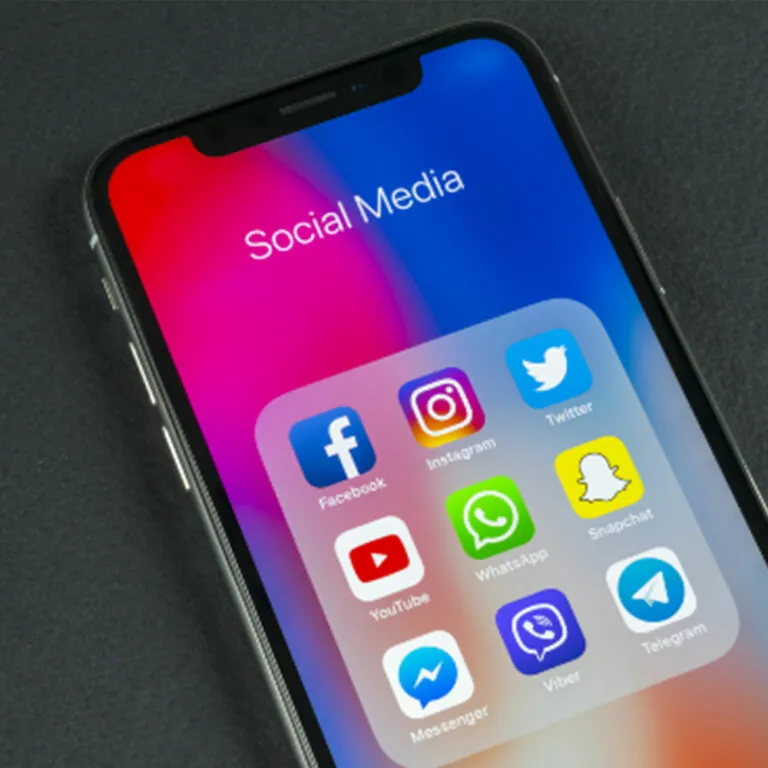Language is always changing. Sometimes it feels as if it has split into two different versions: one for the analog world and another for the digital world. When you’re on social networks or instant messaging services like WhatsApp, the language used there is a blend of slang, abbreviations, and emojis.
Far from the proper language we all learned in school, the language of social media is reduced to a bare minimum, or even replaced entirely by pictures. The reasons for this include the limited number of characters allowed by Twitter and other platforms, along with a desire to be fast and efficient.
What consequences does that have for your communications? What’s the best way to express yourself in what context? Find out in this article.
Social media language vs. “normal” marketing language
As a company, you are accustomed to communicating through a variety of platforms: your website, your brochures and press kits, and various social networks. The channel determines what you say and how you say it. Normal website copy, for example, needs to inform, attract attention and ultimately sell your products.
This is your own platform where you can invite your customers into your company’s world with no distractions. Here, you want to speak in direct, professional language that inspires customers’ trust and helps them decide to buy from you.
Social media speaks a different language. Social networks are public, informal spaces designed to facilitate conversation among users. As a company, you can grab a slice of this informal pie and reach customers on a more personal level—if you approach it right, that is. Social media is great for building relationships with customers and respond to their requests.
Unlike your website and brochures, social media is an interactive space where you must react to comments and answer questions. To make it work for you, you have to speak your target audience’s social media language.
The language of social networks: how to get it right
Keep it brief, casual and visual: tips for communicating on social networks.
Short and sweet
Keep your posts brief and to the point. People’s average attention span today amounts to all of 8 seconds. And social media constantly floods each of your customers with massive amounts of content.
Apart from that, there’s another special challenge for you on social media: space restrictions. On Twitter, you have to get your message across in 280 characters or less. And Facebook and Instagram recommend a paltry 40 characters as the ideal length of a post. That’s because your text is cut off after 3 lines; to read more, the user has to actively click on your post. So it is imperative to pack all the key information into the space before the “Read more” button.
Relevant hashtags can help you show users what your post is about without adding long explanations.
Casual tone
A casual tone is the norm on social media. Write in an informal, friendly style while always speaking in your company’s authentic voice. A catchy title that gets readers to click on your post is vital. You also need an effective call to action, just like you have on your website. What do you want the user to do? Click on the link? Comment on your post? Then say so.
Pictures and emojis, not words
Don’t rely on your writing skills alone. Get some visual help! Images don’t just help get your message across—they also help attract potential customers’ attention in a jungle of posts. In fact, images multiply the chance of people commenting on, liking and sharing your posts.
Pictures speak a thousand words — including emojis. The pros even write whole messages using nothing but emojis. These symbols even have their place in certain business communications and can help loosen your message up. Emojis convey emotions and condense a message into a single image. A palm tree puts people in a lazy-summer-days frame of mind, and a smiley with heart eyes expresses your love of a topic.
But emojis can also cause misunderstandings because there may be more than one interpretation—especially in different cultures. If you want to use emojis in multinational communications, localize them for each of your target markets.
International social media marketing
Want to broaden your social media strategy to include international markets? Careful: not all Facebook posts and tweets are right for all target markets. ACT Translations delivers localized social media translations for your specific target groups and countries.
Get in touch with us and let your social media presence at home and abroad speak for itself.







